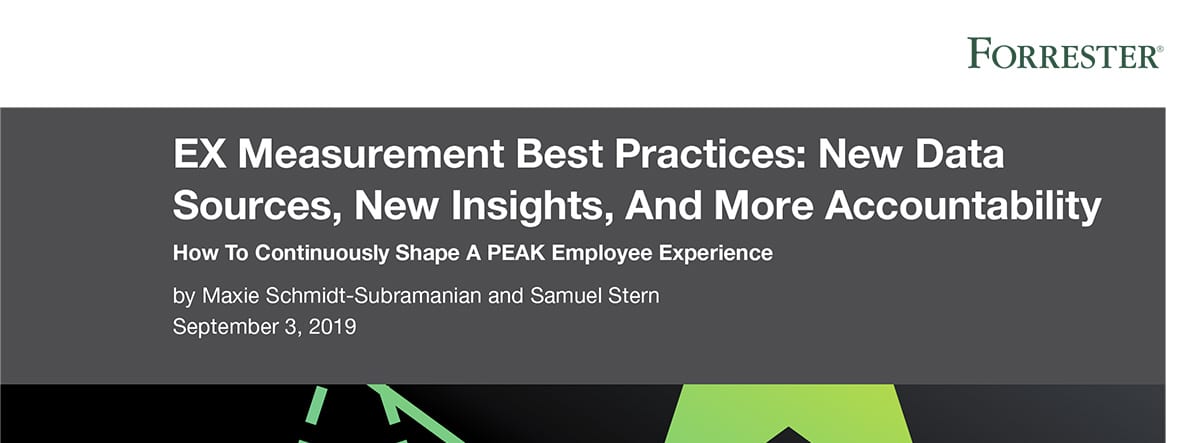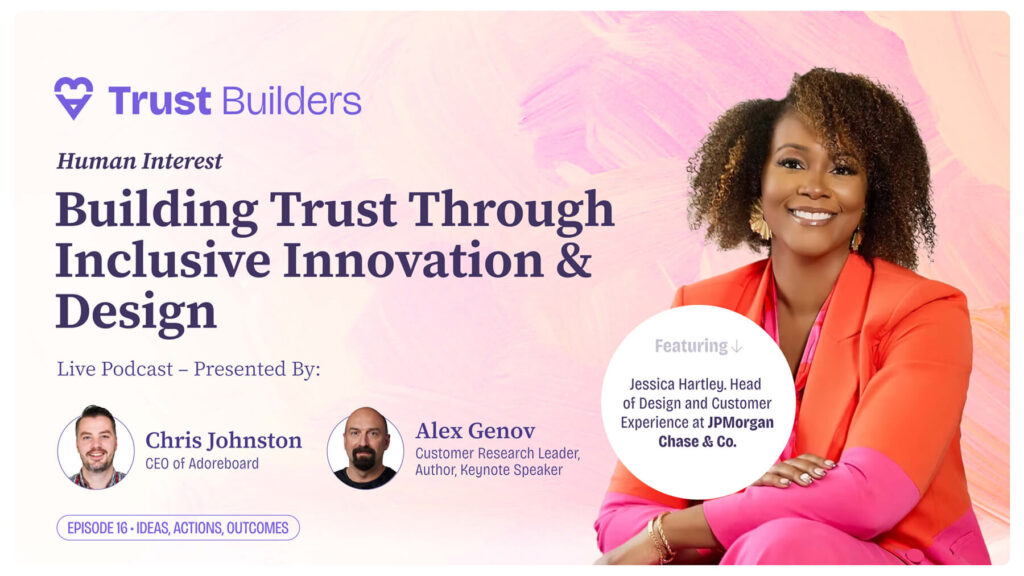Gartner defines employee experience as ‘the employee’s perceptions and related feelings caused by the one-off and the cumulative effect of interactions with their employer’s customers, partners, leaders, teams, processes, policies, tools and overall work environment’. The level of engagement is traditionally what defines employee experience. Above all, high engagement represents employees actively contributing to the experience and low engagement represents the opposite.
Why is Employee Experience Important?
Only 10% of employees are engaged at work, and that’s only in Western Europe [1]. Think about the impact of this the next time your employee answers the phone to a customer. There is certainly a logical basis to why employee experience is important. Improved employee experience leads to an increase in employee engagement. Higher employee engagement leads to improved operational performance and with improved performance, comes improved customer experience.
A survey by Gallup Global Workplace Survey revealed that business units that performed in the top quartile of employee engagement are 17% more productive and 21% more profitable than those in the bottom quartile. Further evidence from research entitled Great Place to Work followed the performance of the largest companies on the NYSE or NASDAQ, found that firms noted as ‘employee experience leaders’ outperformed the broader stock market by nearly double.
Something to think about over you next coffee maybe? Not if your Starbucks. Once famous for employee benefits, such as health insurance for part-time staff, May 2018 saw 8,000 Starbucks outlets close in the US due to racial-bias training. The cost to reputation and revenue provides a timely reminder of the importance of great customer experience.
Employee Emotions and Measurement
Existing employee journeys can be clearly and easily mapped through emotion analysis. This will enable you to identify quick wins or understand if the journey needs redesigned around newly identified needs. Taking into account an employee’s life cycle (in terms of career progression), the work they are doing and their life outside work all help to identify how a brand can create employee and brand alignment. Any measurement framework for employee experience should also incorporate other sources of feedback, not just internal surveys. Data from GlassDoor, for example, can be used to create an industry benchmark to understand how current employees Trust your brand compared to competitors. Addressing the key contributing factors to this will increase retention and engagement.
How to control and improve Employee Experience with Adoreboard?
Adoreboard is a specialist in enabling firms to measure employee emotions. Leading brands such as Telstra use Adoreboard’s emotion analytics platform, Emotics. Businesses use Emotics to analyse verbatim collected in annual and ad-hoc surveys. This provides deeper insights into the key drivers for employee engagement or disengagement using emotion analysis. Furthermore, for other clients such as Freshfields, emotion analysis has been used to understand its position as an employee of choice. Additionally, the cost of hiring can be reduced by emotion analysis.
A holistic approach is achievable with emotics by incorporating data from multiple sources. Adoreboard’s platform integrates with Survey Monkey enabling Adoreboard’s clients CDE Global to undertake emotion analysis to reveal how the brand’s communication around employee experience aligned with the emotional response from existing employees.
Often where traditional approaches to measuring employee experience fails emotion analysis succeeds. Understanding the subtleties of emotional intensity linked to key themes enables decision makers to prioritise operational improvements, evidence existing assumptions or reveal aspects of the unknown.
‘Customer Obsessed’ brands tend to view employee experience and customer experience as the two sides of the same coin. Often understand how well a company is performing and how they could improve CX surprisingly comes from asking customers. Rooting improvements in customer experience requires an understanding of company values and culture. Guaranteed the answers for improvement will come from your existing team. But without a measurement framework in place these initiatives can fail. Adoreboard offers a free consultation with our data analyst, a great way to start the discussion on how improve the bottomline with better employee engagement.
Forrester EX Measurement Best Practices Report (freebie)
In September, Forrester released their employee experience report, “EX Measurement Best Practices ReportNew Data Sources, New Insights, More Accountability — How To Continuously Shape A PEAK Employee Experience”. Adoreboard have been cited in the report for their work with All State NI and have made a complimentary copy available to all readers (usual cost $499).
We have been named in the latest research report by Forrester: EX Measurement Best Practices: New Data Sources, New Insights, And More Accountability.
We are giving away complimentary copies of the full report below.
[1] Gallup’s “State of the Global Workplace” report, January 2018





